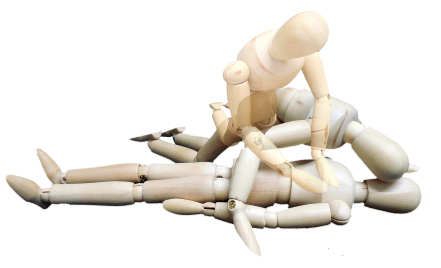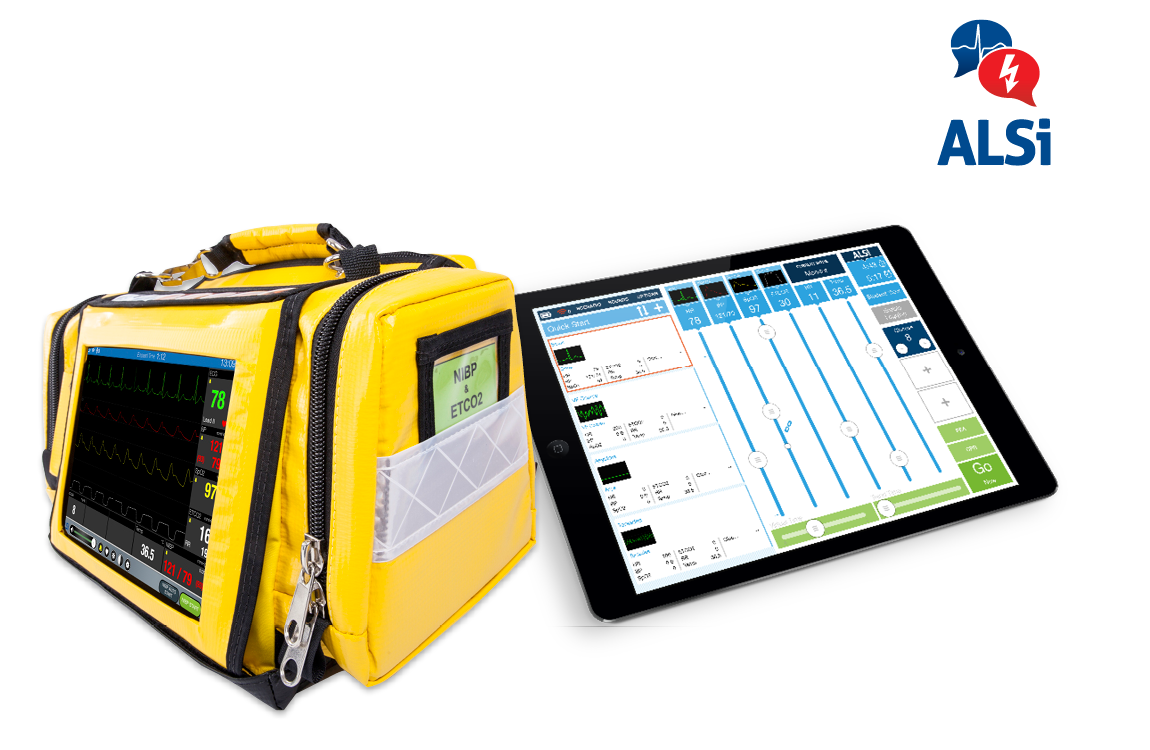In-Situ Simulation
Christchurch ED in-situ simulation training has started!

Some of you will have already experienced a guerilla sim – these are happening unannounced, anywhere, anytime, and include anyone working on that particular shift.
Thank you to those who have already taken part!
Our Aims
- To introduce in-situ sim to Christchurch ED
- To test our processes and systems in ED
- To improve our ability to work as a team
And so ultimately improve patient care and safety.
There is no formal assessment and no recording.
We record your names simply to ensure that we don’t get you to take part in the same scenario twice. We are not taking any notes about individual performance.
THIS IS NOT ABOUT YOU – THIS IS ABOUT US
This is about developing our ability to work in and improve our environment, and work as a cohesive team.
Why use in-situ Sim?
In-situ simulation takes place in the actual working environment and involving those who work there.
It is different to ‘center-based simulation’, which takes place in a separate simulation center.
Sim training allows:
- exploration of team work and human factors
- exposure to infrequent but high-stakes crisis situations
- development of stress inoculation: “training hard in order to fight easy”
- interdisciplinary team training using all clinicians who are involved in a case – doctors, nurses, paramedics, orderlies etc
- testing our work environment to pick up problems with equipment, processes and systems
Discovery Moments
Sim can uncover ‘latent threats’ - specific problems with equipment, processes or systems in our working environment. Recognizing and addressing these Discovery Moments can lead to improved patient safety:
- the ‘Emergency’ button in WU 15 is not linked to the ACNM pager, as it is with every other bay
- R1 has very different layout and equipment compared to other R bays – this makes finding things in an emergency challenging
- the arm of the monitor in R1 completely obscures the ‘Emergency’ button on the wall
- the time on the new monitors in resus is so small that it cannot be used to time CPR 2 minute cycles
Help us to use sim to improve our department by recognizing more Discovery Moments.
Some Evidence
- an observational study by Andreatta et al (2011) found that survival rates for cardiopulmonary arrest in a north american paediatric hospital increased to approximately 50% (p=.000), in correlation with an increased number of mock codes (r=.87)
- a systematic review by Rosen et al (2012) found 29 studies of in situ simulation, and suggested positive impacts on learning and organisational performance
- Steinemann et al (2011) performed a before-and-after study of in situ-based trauma team training of 5-8 people who underwent 4 hours of training consisting of 1 hour of didactic teaching then a programme of 3 x 15 minute scenarios over 3 hours. Teamwork ratings, task speed and task completion rates improved within the simulations. Observation of 244 real-life blunt trauma resuscitations for six months before and after training showed that these benefits translated into clinical practice
Look out for the iSimulate
Coming to a sim near you in the very near future!

The iSimulate lets us pre-programme simulations that can be held anywhere, anytime, with anyone.
It is portable, does not require a fancy manikin or electricity – so that we can run sim sessions in the waiting room, toilet, car park...
Next time you have 5 minutes spare come and ask Laura J for a demo!
Want to Know More?
See 'Guerilla Sim' from smacc2013:
www.intensivecarenetwork.com/test-gatward-guerilla-sim
Andreatta P, Saxton E, Thompson M, Annich G. Simulation-based mock codes significantly correlate with improved pediatric patient cardiopulmonary arrest survival rates. Pediatr Crit Care Med. 2011 Jan;12(1):33-8
Rosen MA, Hunt EA, Pronovost PJ, Federowicz MA, Weaver SJ. In situ simulation in continuing education for the health care professions: a systematic review. J Contin Educ Health Prof. 2012 Fall;32(4):243-54
Steinemann S, Berg B, Skinner A, DiTulio A, Anzelon K, Terada K, Oliver C, Ho HC, Speck C. In situ, multidisciplinary, simulation-based teamwork training improves early trauma care. J Surg Educ. 2011 Nov-Dec;68(6):472-7